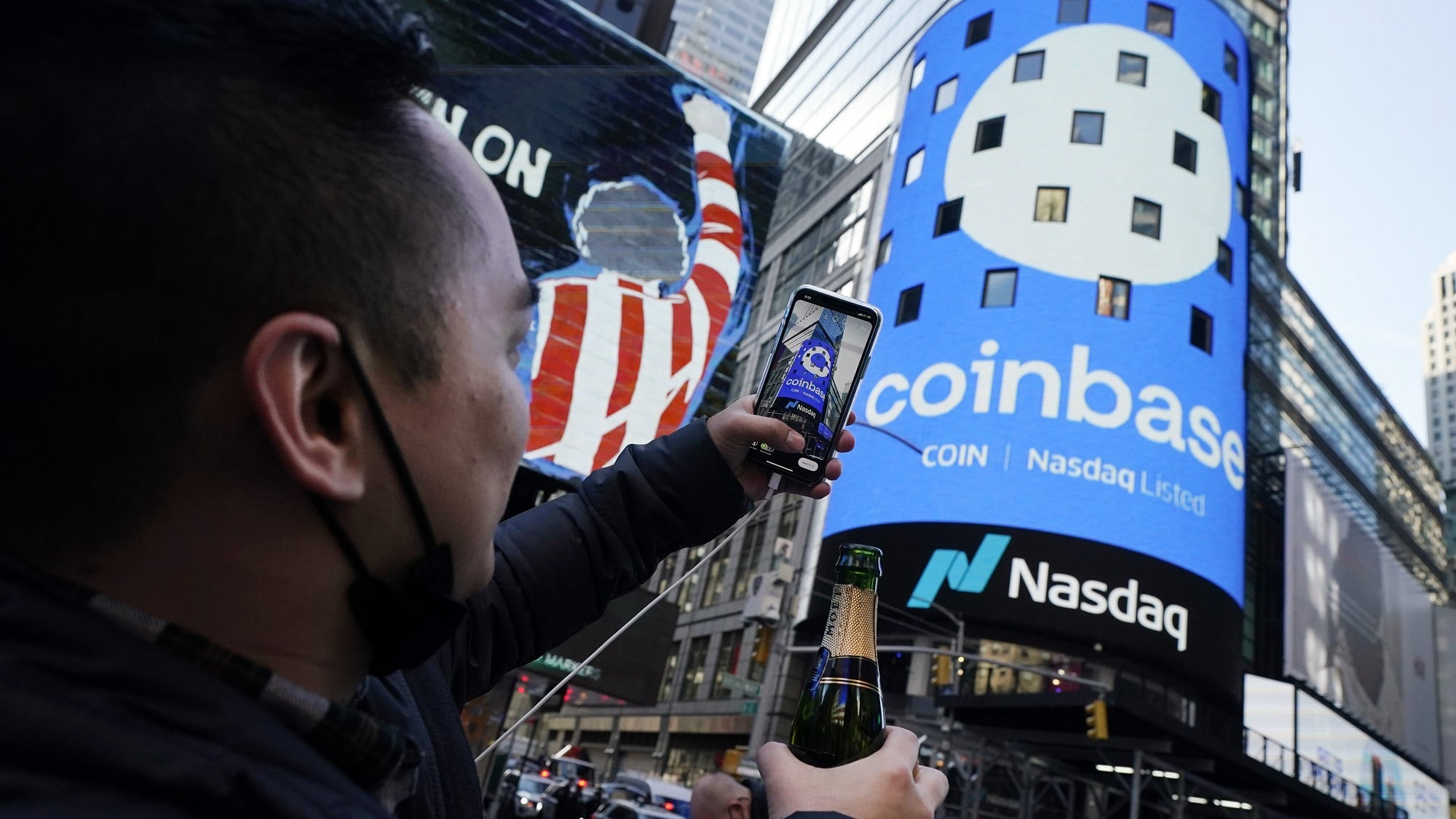**NEWS ANALYSIS** *By Tamara Warren* General Motors’ decision to cut 14,000 jobs is causing shock waves across North America as hard changes hit home in cities where five assembly plants will grind to a halt. The cuts, announced Monday, represent 10 percent of GM’s workforce and are drawing sharp criticism from President Trump, Canadian Prime Minister Justin Trudeau, state officials in Michigan, Ohio, Maryland, and labor unions. The expressions of shock and outrage aren’t that surprising, given that the U.S. economy is strong, unemployment is low and Americans are buying cars. Lots of them. In 2016, people bought 17.55 million cars in the U.S -- a record high and 7 million more than were sold during the depths of the recession in 2009. Last year’s number was a close second. But the warnings signs are impossible to miss. During the past year, sales have flattened and small car sales, in particular, are dwindling. President Trump has imposed a 25 percent tariff on imported steel, igniting fears of a trade war. And while Americans have shifted their purchases to bigger SUVs and pickup trucks because of lower gas prices, what happens when gas prices climb? In addition, carmakers have clear memories of the devastation wrought by the recession a decade ago, a cataclysm the nearly led to the demise of both GM and Chrysler. That pain was recent enough that flush profits of the past few years created only a tentative sense of optimism among U.S. automakers. General Motors has positioned its plant closings as a way to prepare for the tough times ahead. **The lessons of innovators** The industry also seems to be heeding the warning signals sent by Tesla, a small startup automaker that that quickly became a brand darling and lodestone of innovation: change or become obsolete. The growth of Chinese-funded EV companies, based both in China and in California fueled even more concern that U.S. automakers would be left behind. As car sales became bountiful, the leadership of every global automotive brand took those profits and poured them into preparing for more change. Much of this change focused on improving emissions. Investments in new technologies — self-driving, connectivity, transportation-as-a-service, and electric vehicles — became a priority. Some of that investment is coming into fruition in new GM products, like the all-electric Bolt, and its steady progress on self-driving tech through its investment in Cruise Automation. To keep moving forward, GM and over automakers have to compete with big technology companies for computer science talent, and the lucrative salaries offered in Silicon Valley. But factory job cuts don’t inspire or affirm innovation. The trouble that haunts GM’s labor force is one that feels historical in nature. It’s the same storyline that Michael Moore captured in the 1989 documentary “Roger & Me.” Plant closings make people angry. In isolated communities the impact may wipe out an entire town. It reinforces the frustration of the American workers, and certainly doesn’t inspire the kind of renaissance GM has been seeking under Barra’s leadership. **The harsh irony of Chevy's Volt** Why didn’t GM see this coming sooner and shift gears to find a better solution? A cruel irony in this round of cuts is that as part of the restructuring, GM is shutting the plant that manufactures the Chevy Volt, the electric hybrid that was supposed to serve as a stepping stone to GM’s future. From an engineering perspective, the Volt helped position GM for further development, including the creation of more fuel-efficient engines, but its timing was off. As gas prices dropped, sales of small cars never took off. GM and other automakers were caught off guard, and had to return focus to gas-powered crossovers, pickups and SUVs, which are more profitable per unit. In the present business model, it’s back to business as usual. Concerns about the environment haven’t fundamentally changed the way people think about buying cars. Yet what most people in the transportation industry agree on is that we’re primed for a fundamental shift in the way we move around. But no one can say exactly when those changes will be embraced and produce the profit margin companies and investors seeks. When I interviewed General Motors CEO Mary Barra in 2016, she told me that the next decade would produce more change in the auto industry than we had seen since the early 20th century. Barra said that thousands of new jobs would be created, and that she was worried about a shortage of employees with rudimentary coding skills that did not require advanced degrees. She cited GM’s investment in supporting STEAM programs at skilled trades schools, universities, and partnerships with organizations like Girls Who Code. But so far, investments in STEAM education don’t account for the present need to retrain its existing labor force to overcome ongoing business challenges. GM won praise for introducing the Bolt, the first mass-market all electric car in 2015, but it’s a long way off from making a best seller list. EVs still account for only 3 percent of sales and self-driving cars are still years away. And so it seems the future— whatever that means — isn’t coming fast enough to offset more immediate trends -- like the popularity of pickup trucks -- that the business must respond to. But while we’re waiting, big questions face the country and the auto industry: How do we prepare large numbers of people for new lines of work in an industry built by an assembly line? What companies are prepared to reimagine the workforce in a way that will make the ideas and parts we’ll need to move forward? And, in the computer age, what does it mean to manufacture? Until, then the auto industry — and the American worker— is left to muddle through the shaky present.








